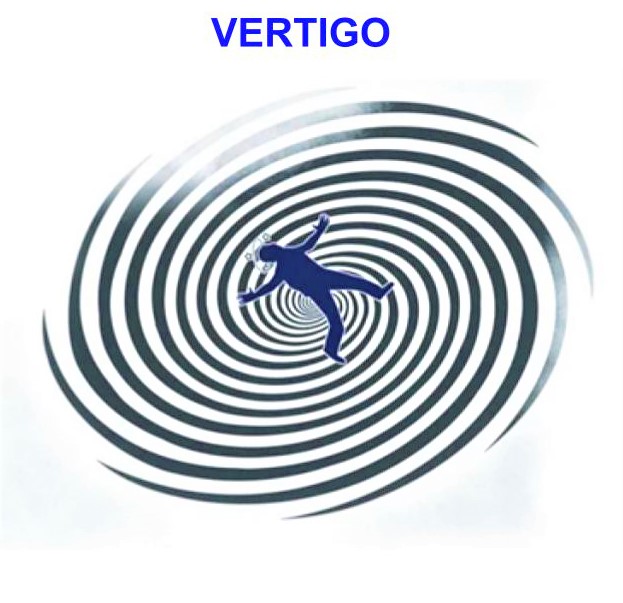
Vertigo is a type of dizziness that makes you feel like you are spinning, swaying, or tilting, or like the room is moving around you. These feelings come and go, and might last seconds, hours, or days.
The most common causes of vertigo include:
• Benign paroxysmal positional vertigo (BPPV) – extra calcium deposits form in the inner ear which can lead to episodes of vertigo when you move your head in certain ways.
• Meniere disease – This is a condition in which fluid builds up inside the inner ear.
• Vestibular neuritis – This is sometimes caused by a virus which can affect the inner ear or the nerve in the inner ear.
• Head injury – Even a minor head injury can cause inner ear damage and vertigo.
• Vestibular migraine – People who get migraines, which are a type of headache, can sometimes have episodes of vertigo. This can happen with or without a headache.
• Certain medicines
• Neurological problems, such as stroke or multiple sclerosis
If you have vertigo, please make an appointment for a physical exam and evaluation. You may need testing such as a VNG or MRI. Treatment will be targeted to the cause of the problem. In the meantime, reduce your risk of falling from vertigo: make your home as safe as possible (get rid of loose cords, clutter, and rugs), and make sure you wear non-slip shoes.
–Alice Wong, NP
Reference: https://www.uptodate.com/contents/vertigo-a-type-of-dizziness-the-basics
